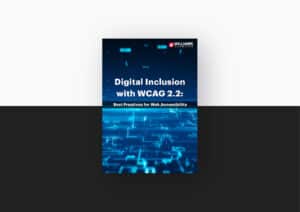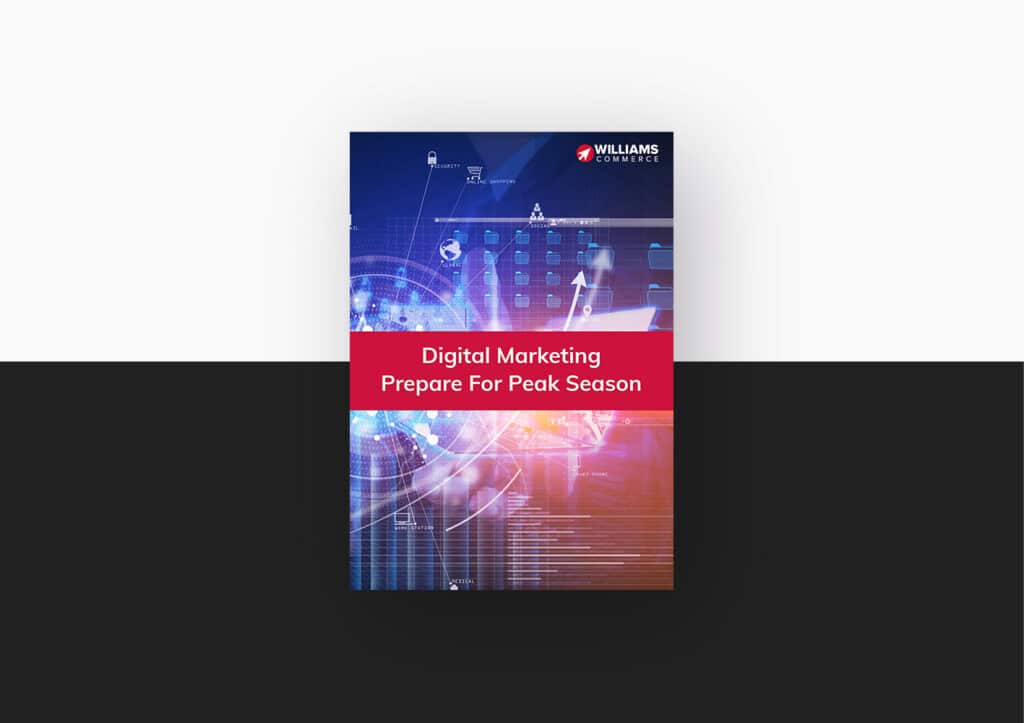The introduction of the Adobe Commerce Integration Framework (CIF) has changed the way Adobe integrates with ecommerce applications and extensions.
A headless approach to ecommerce is becoming more popular because it allows you to deliver world-class customer experiences independently of your other organizational systems and processes. The CIF extends Adobe’s capabilities as a digital experience platform (DXP), delivering your online innovations more quickly and at a lower cost.
It uses application programming interfaces (APIs) that can be easily extended, allowing developers to make seamless updates to your customers’ online experiences using Adobe Experience Manager (AEM).
Adobe I/O Runtime
Adobe I/O is Adobe’s ecosystem of developer tools and APIs behind the framework. Integration with the whole Adobe Experience Cloud and third party applications is supported by a microservices architecture and common data schema (XDM).
Adobe I/O Runtime is a serverless platform that allows you to deploy customized code quickly on top of Adobe Cloud solutions, allowing fast responses to events and functions without server set-up.
Services can be brought together with APIs and can run alongside content and data already stored within Adobe.
Its auto-scaling design can handle high-performance loads which many ecommerce companies need to manage peak loads throughout the year.
Action sequences
The microservices or action sequences that underpin the CIF allow common ecommerce functions to be delivered across all your channels. Developers can extend these storefront services and create new ones to deliver omnichannel experiences without having to change your whole ecommerce site.
Using an API each of these action sequences can be accessed from AEM or other cloud products with suitable data formats.
The common data model
To support these actions, CIF uses a common data structure that can be adapted to suit your own requirements and business processes. AEM and other products in the Experience Cloud use these common definitions to communicate with your back-end systems. For example, common customer data and content could include addresses, product categories, shipping information, payments, and taxes.
You can centralize and standardize information across your organization to drive real-time personalized experiences. You can build predictive models and ‘next best actions’ based on accurate data to enhance your customer interactions and coordinate your marketing and analytics.
Benefits of the Adobe CIF
As your ecommerce business grows your traffic will increase but you won’t have to worry about your site speed decreasing. Using the CIF information is transferred in near real time through APIs which will be much faster than a traditional monolithic system.
Your product catalog can be rendered dynamically using microservices from your ecommerce platform. Previously your products would have to be synchronized into AEM and tagged, with manually created catalogs and categories and a separate page for each product.
As well as the possible errors and delays involved with manual input, product entitlements common in business to business (B2B) ecommerce applications could be lost. Large or dynamic catalogs often needed complex re-publication processes which also increase the risk of errors. Dynamic rendering allows your catalog to be managed by your ecommerce system so that product information and entitlements aren’t affected.
Modular microservices also provide common access to ecommerce functions across the marketing cloud and not just in AEM. This can reduce the time to market for innovations, allowing you to streamline complex omnichannel marketing.
Considerations when implementing the Adobe CIF
In April 2021 a CIF Connector add-on for AEM in the cloud replaced the old CIF Connector, which is now in maintenance mode only.
In most cases the transition will be straightforward using credits available with your AEM implementation. This makes the CIF immediately available on AEM 6.5 with easy upgrades for new versions in the future.
If the CIF is new to you then training and new practices will be needed across your organization. You will need to review the technical resources, the training required, and data compatibility.
You will also need to confirm that your ecommerce platform provides REST services and that your data requirements can be integrated without further customization which could add to your costs.
Work with experts
Williams Commerce is a full-service ecommerce digital agency specialising ecommerce web builds and systems integration.
The Williams expert team is growing quickly across project delivery, account management, digital marketing, and data driven user experience (UX) design.
We are an Adobe Gold Partner supporting customers who have grown using a Magento platform and those who are just beginning their ecommerce journey with Adobe Commerce.
We continue to work in partnership with Adobe to bring innovative, results-driven ecommerce solutions to the market.
You might also be interested in

Head of SEO Paul Ngoie to speak at brightonSEO
Williams Commerce is delighted to announce that Paul Ngoie, our Head of SEO, will be a speaker at the upcoming brightonSEO conference. Paul has considerable

DMARC – What it means for you
Ever had to chase up an email you have sent, only to eventually discover that your original message has ended up the in the recipient’s

Digital Inclusion with WCAG 2.2 : Best Practices for Web Accessibility
“Did you know 75% of website users have visited a website where they have struggled to read content due to the font being too small

What does the future hold for shopping festivals like Singles Day?
Although China’s economy is facing exceptional challenges, 2023’s major ecommerce event – Singles Day – was a sales extravaganza across the region. Where Singles Day



